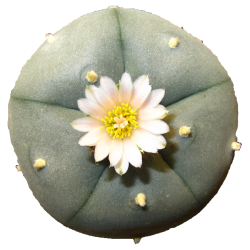The semester so far has been a sonic adventure, and I have learned a lot.
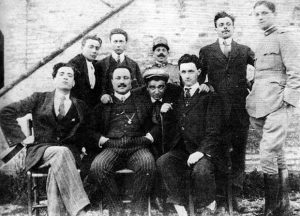 The futurists were my first introduction into noise, and I was very skeptical at how chaotic the futurists sounded, especially the likes Luigi Russolo were at first, from their sound to their personal beliefs, but as I transported myself back in time to when they were actually making music I was able to appreciate them, at least for their appreciation for the noises around us.
The futurists were my first introduction into noise, and I was very skeptical at how chaotic the futurists sounded, especially the likes Luigi Russolo were at first, from their sound to their personal beliefs, but as I transported myself back in time to when they were actually making music I was able to appreciate them, at least for their appreciation for the noises around us.
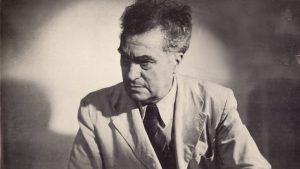 Edgard Varése made me really question what Music was, his electronic poem, much like the earlier works of the futurists, although fascinating and at times exhilarating, was not appealing like a modern song might be to me, but it expanded my conception of what music could be.
Edgard Varése made me really question what Music was, his electronic poem, much like the earlier works of the futurists, although fascinating and at times exhilarating, was not appealing like a modern song might be to me, but it expanded my conception of what music could be.
It made me aware of a notion of using noise as simply another instrument in one’s musical arsenal.
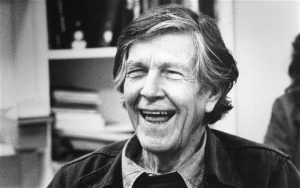 Listening and researching to John Cage taught me that with modern technology now more than ever we need not rely on traditional methods of measuring music, as stated in History of Electronic Music in the United States.
Listening and researching to John Cage taught me that with modern technology now more than ever we need not rely on traditional methods of measuring music, as stated in History of Electronic Music in the United States.
Magnetic tape music makes it clear that we are in time itself, not in measures of two, three, or four or any other number.
It is by the power of his approach to indeterminacy that we can make a lot of unique music now, and it was interesting how we practiced this idea of indeterminacy in our real-time aggregation.
There is also a video where he states “I don’t want a sound to be psychological” and this really resonated with me, as someone who enjoys music, even that which is relatively mainstream, first & foremost for the sounds, not for any deep meaning. It solidified my personal belief that the best music is more often than not totally meaningless, for me it is all about how it makes you feel.
Ultimately I appreciate him for how he pioneered electronic music, and how he’s made me that bit more aware about the sounds around me.
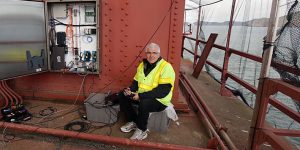 Bill Fontana was one of the artists that intrigued me the most, and he was a big inspiration for my sounds of the city micro-project. I really enjoyed his concept of sonificiation of the inaudible, this interview also mentions that he actively goes about “treating sound as a living object”.
Bill Fontana was one of the artists that intrigued me the most, and he was a big inspiration for my sounds of the city micro-project. I really enjoyed his concept of sonificiation of the inaudible, this interview also mentions that he actively goes about “treating sound as a living object”.
It was with his work that I started thinking of sound as something that takes up a more physical living space, as opposed to being this fleeting thing in the airwaves.
As I had discussed in a previous blog post I rarely thought of an audiovisual experience much past an LED screen, I often thought of visuals to be the main component of an audiovisual experience, but he, decades ago, managed to create audiovisual experiences that focused on the sound as the centerpiece, with visuals still being important, and this influenced me in emphasizing the sound of my digital landscape.
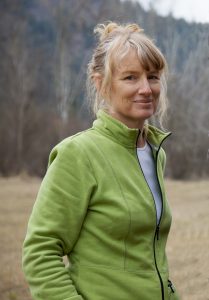 Janet Cardiff focuses on sound in a physical space also, but has an emphasis on time, which reminded me of the likes of Bill Fontana’s Pigeon Sounding, but gone a step further. What really interests me is that she uses modern technology & editing techniques in such a way that made me consider whether an audio-focused experience could be considered virtual, or at least augmented reality, which was great to comprehend the power of sound.
Janet Cardiff focuses on sound in a physical space also, but has an emphasis on time, which reminded me of the likes of Bill Fontana’s Pigeon Sounding, but gone a step further. What really interests me is that she uses modern technology & editing techniques in such a way that made me consider whether an audio-focused experience could be considered virtual, or at least augmented reality, which was great to comprehend the power of sound.
The walks are also physical sculptures through time and space but they evolve in a narrative way. – interview
A fantastic example of this is FOREST (For A Thousand Years) where I was transported to this forest, and by sound alone was transported to experiencing different times of the same space.
Ultimately this semester I’ve gained not just an appreciation for noise in the world of sound & music, but most importantly a better understanding of sound as something physical and alive that fluctuates through time & space, and like time is not linear as we experience it.

